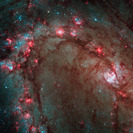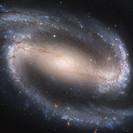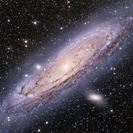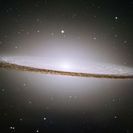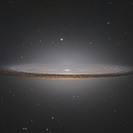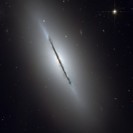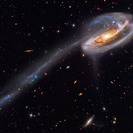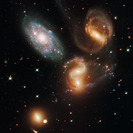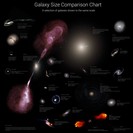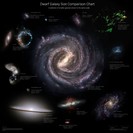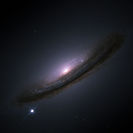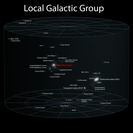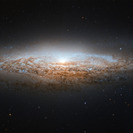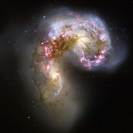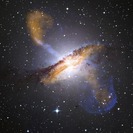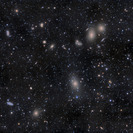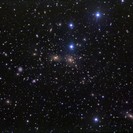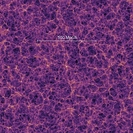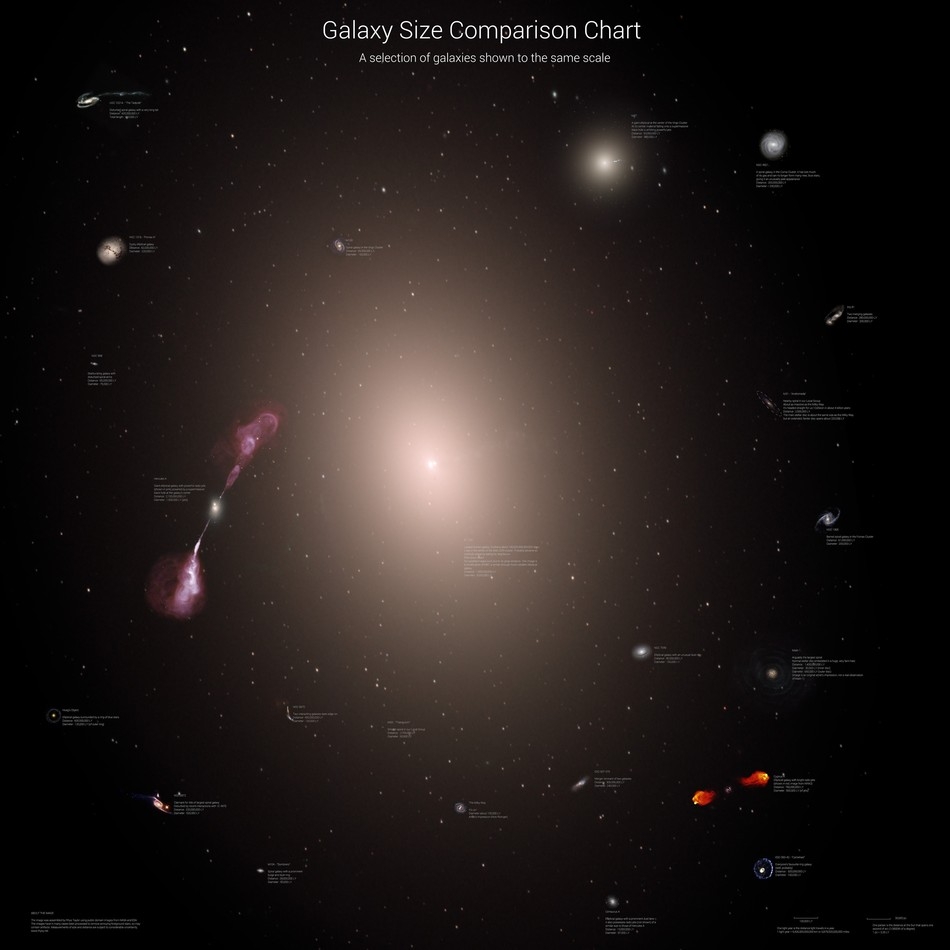Here you can see some of the largest known galaxies directly compared with the Milky Way and the Andromeda Galaxy. The largest of these galaxies - IC 1101 - is a massive elliptical galaxy with an estimated diameter of about 550 000 light-years; it is an impressive assembly of approximately 100 trillion stars. Positioned roughly 1 billion light years away from the Milky Way, IC 1101 is noteworthy for harbouring one of the largest known black holes at its centre, an ultramassive black hole in the mass range of 40–100 billion solar masses.
By the way: don't put the figures for the diameters of such elliptical galaxies on the gold scale. The galaxies have no clear limit as they fade out gradually and you can set the value almost arbitrarily. This is why you can find values ranging from 550 000 light years (Wikipedia) to 6 million light years.

